Dealing with Clickbait
 Recent years have seen a rise in clickbait articles online. These clickbait articles have alluring headlines that promise to help you lose weight or regain faith in humanity. Clickbait stories tend to be “shallow”. They mimic real blog posts and news articles while providing as little content as possible. Clickbait stories can vary from tabloidy stories on BuzzFeed to reposted YouTube videos on Upworthy to genuine spam sites and attack sites. I don’t know what we can do to reduce these kinds of stories as a whole, but I’ve come up with a couple of rules to help deal with dubious content.
Recent years have seen a rise in clickbait articles online. These clickbait articles have alluring headlines that promise to help you lose weight or regain faith in humanity. Clickbait stories tend to be “shallow”. They mimic real blog posts and news articles while providing as little content as possible. Clickbait stories can vary from tabloidy stories on BuzzFeed to reposted YouTube videos on Upworthy to genuine spam sites and attack sites. I don’t know what we can do to reduce these kinds of stories as a whole, but I’ve come up with a couple of rules to help deal with dubious content.
Say No to Slideshows
“Listicles”, or articles expanded from lists, are some of the most popular posts you’ll find online. Some of my favorite sites use listicles, but most semi-reputable sites post them as one or two page articles. Clickbait sites tend to make them slideshows instead. So if you see an article that called “The 10 Hottest Celebrities from Montpelier, Vermont“, you’re going to have to click at least a dozen times. The slideshow format is less convenient for readers, but allows websites to increase the number of clicks they receive, thus inflating their clout on the the internet. That’s why, even though clicking through a slideshow isn’t much more work than scrolling through a website, I will often close an article once I realize it’s in the slideshow format.
Ignore Linkfarms
Most websites nowadays have clickbait links at the the end of each article. Most of the time, these links will take you straight to the article, but other times, it will dump you at some sketchy-looking webpage filled with even more spammy links (often called a “linkfarm”.) If this happens, close the tab in your browser. When I click a link on the internet, I expect it to take me to my destination, not some linkfarm full of questionable content.
Decipher the Headline
Clickbait relies on alluring headlines. These headlines grab your attention with something shocking and/or scandalous. They tend to make promises that they can’t keep, appealing to our basest nature. There is an upside, however. Clickbait headlines are easy to weed out with these simple rules:
- If the headline is posed as a question, the answer is usually “no.”
- If the article promises to restore or shatter your faith in humanity, it won’t.
- You can safely ignore any link that promises to help you lose weight or get in shape.
- You can also ignore any “weird trick”.
- If the headline promises to make you happy, sad or any other emotional state, don’t click it.
- And the golden rule of clickbait, don’t click headlines that don’t tell you what the article is about.
Are there any other rules you have to deal with clickbait? If so, let me know in the comment section.
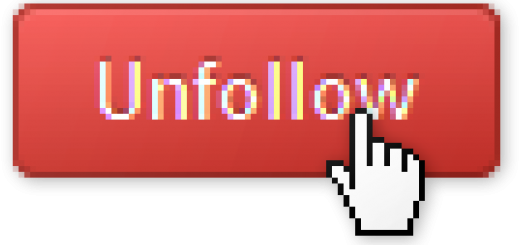

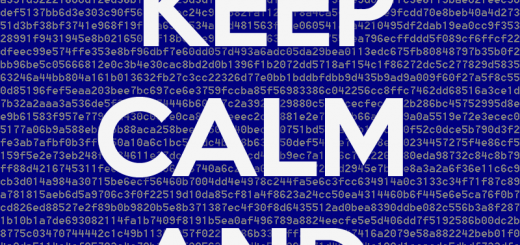
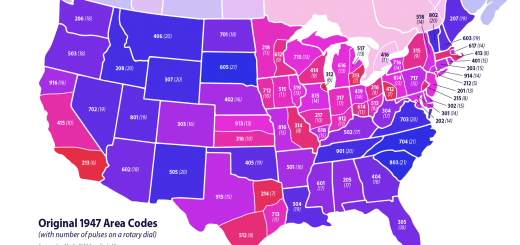

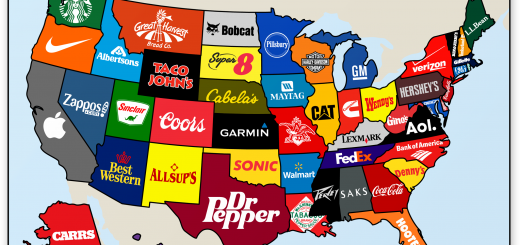
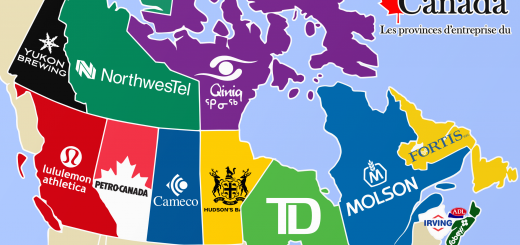
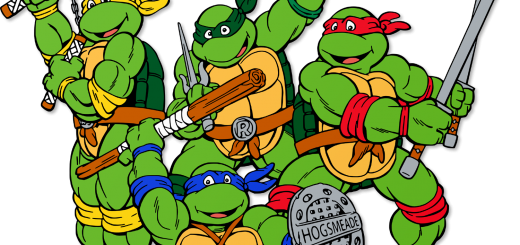
cool